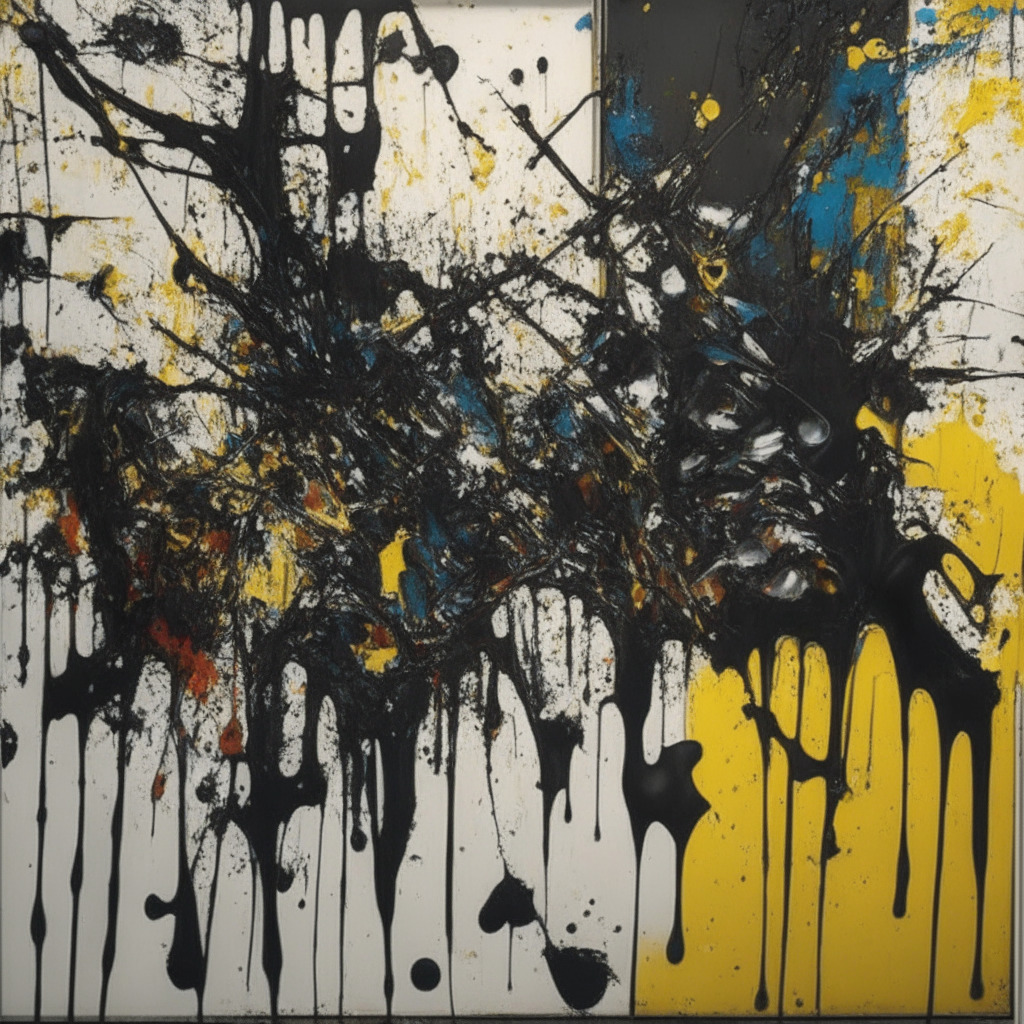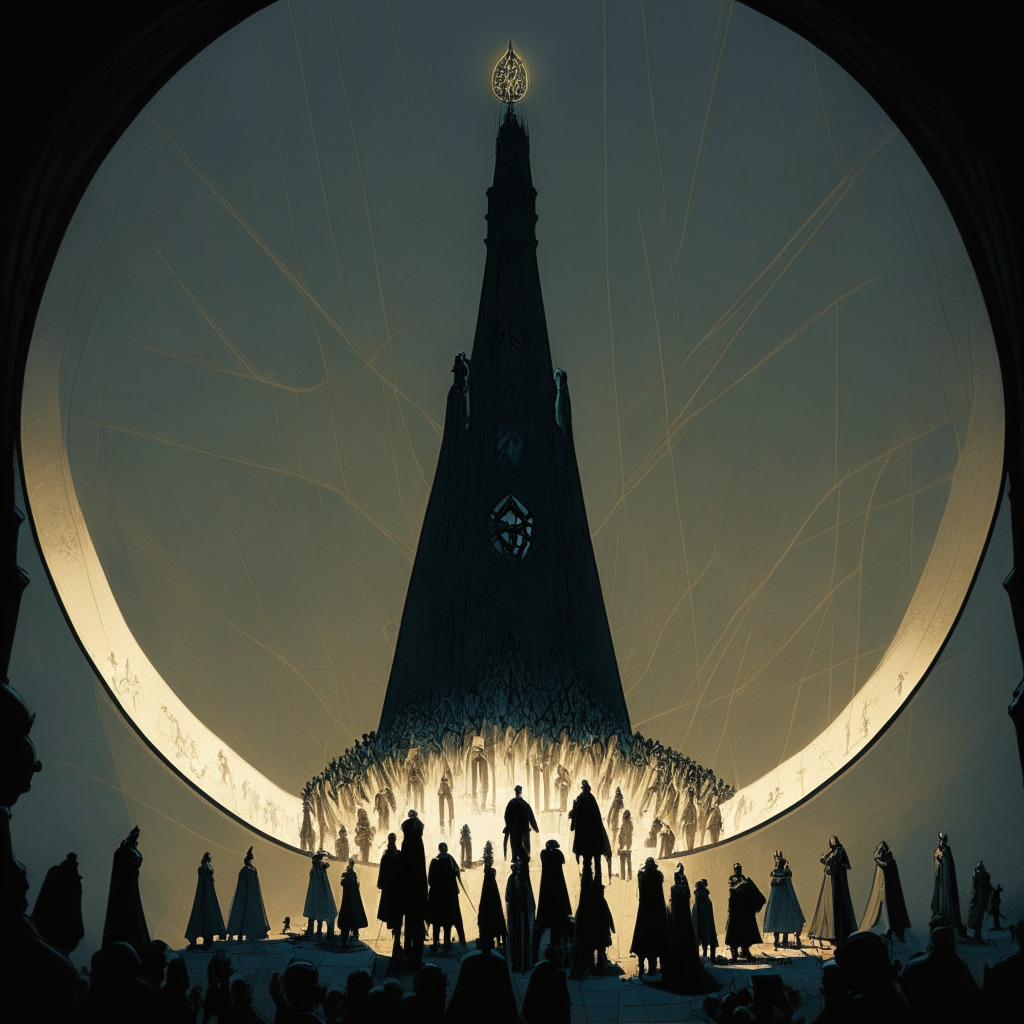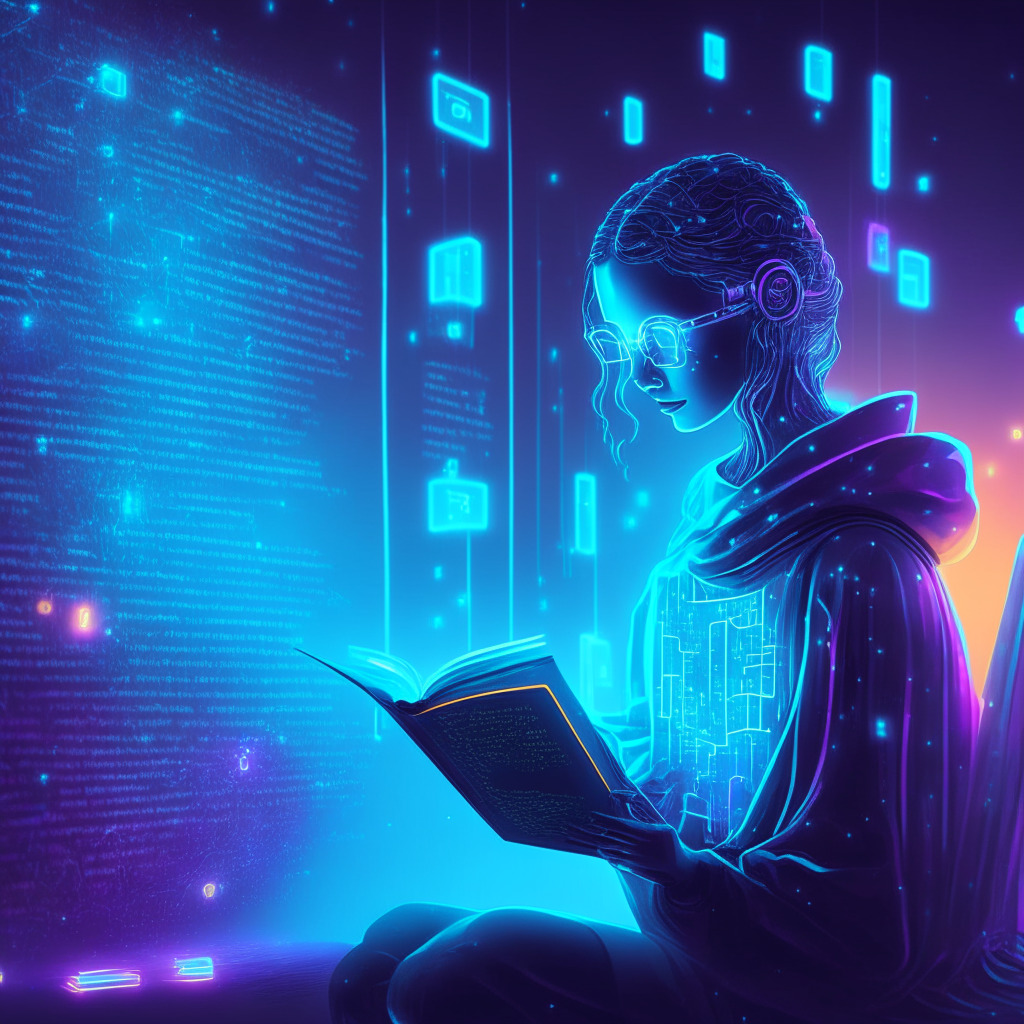The digital age is certainly making its mark on the artistic world, as demonstrated by a recent collaboration between the Jackson Pollock Studio and the Web3 art collective, Iconic Moments. This alliance is tackling the revitalization and digitization of famed 20th-century painter Jackson Pollock’s work through a collection of non-fungible tokens (NFTs). Termed “Beyond the Edge,” this collection not only places the artist’s iconic creations on-chain but also revitalizes representations of Pollock’s artwork embedded in his studio floor.
Although NFTs have become increasingly popular in artistic circles, the use of them to digitize elements from masterpieces such as Pollock’s “Number 3,” “Blue Poles,” and “Convergence” adds a fresh dimension to this form of tokenization. Helen A. Harrison, director of the Pollock-Krasner House and Study Center, asserts that this innovative method helps breathe new life into aged artwork. It becomes a bridge between preservation and innovation, between the static and the living.
An interesting aspect of this collection is the focus on Pollock’s studio floor, where the artist’s vibrant creativity physically manifested. Usually, an artist’s lineup of resources and materials are severed from the final product, but this is not the case with Pollock. The splattered remnants on his studio floor are direct echoes of his finished works. This unique perspective serves to provide buyers with a closer connection to the creative process.
Tokenizing a distinctly tactile entity like art into a digital construct is not without its challenges though. Despite presenting an effective platform for artists to expand their reach and reel in a broader spectrum of collectors, there’s the nagging question of authenticity. Reproducing physical art into a digital sphere threatens the essence of originality. When tokens can be replicated with zero degradation in quality, the value of the original art piece may be diluted.
By venturing into NFTs, artists such as Damien Hirst and Jeff Koons are endorsing the value of the intangible. Hirst’s “The Currency,” a collection of NFT spot paintings, even presents collectors with a dilemma – to destroy the physical or digital iteration. Koons, meanwhile, indicates plans to physically send an NFT to the moon, embracing the “to the moon” crypto meme.
As the borders blur between the tangible and the digital, art takes on new dimensions. The Pollock Studio’s venture illuminates both the immense potential and the inherent complexities of embracing the blockchain in the realm of art. The journey ahead is undeniably fraught with intriguing possibilities and equally compelling concerns.
Source: Coindesk




